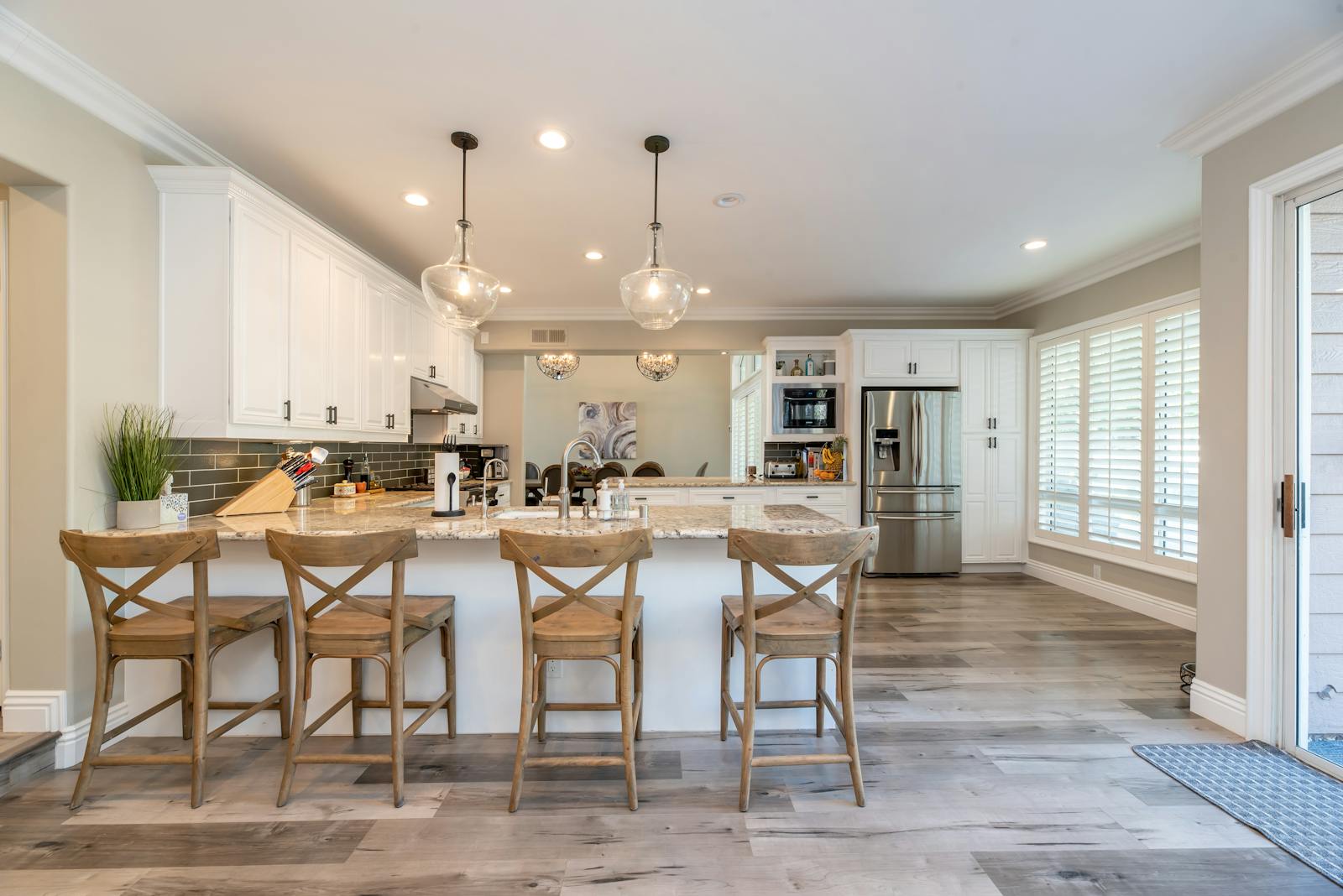Relocating to a new province brings both excitement and challenges, particularly when purchasing a home in unfamiliar territory. Without local knowledge and connections, home buyers face unique hurdles that can make the process seem overwhelming. Here's how to navigate buying property when making a cross-province move.
Research Before You Arrive
Before setting foot in your new province, become a virtual local. Research neighborhoods that align with your lifestyle needs, budget, and commute preferences. Look beyond real estate listings to:
Join local Facebook groups and community forums
Follow local news outlets and blogs
Study crime statistics and school ratings
Research property tax rates and utility costs
Understand local market trends and seasonal fluctuations
Understanding the local real estate landscape helps you allocate your budget realistically and identify promising areas that match your needs.
Work with a Relocation Specialist
Not all real estate agents are created equal when it comes to helping relocating buyers. Seek out an agent who:
Has knowledge and experience in relocation moves
Offers virtual tours and detailed video walkthroughs
Understands the unique timeline considerations of a long-distance move
Can represent your interests when you can't be physically present
With personal experience in relocating from another province, Lynn Masters knows what questions to ask about your lifestyle and preferences that you might not have considered, helping to match you with suitable neighbourhoods.
Plan Strategic Visit Trips
Make the most of your home-hunting visits by planning strategically:
Schedule 2-3 days of intensive viewings
Arrange to see properties in various neighborhoods to get a feel for different areas
Build in time to explore amenities like grocery stores, restaurants, and parks
Visit potential properties at different times of day to assess noise, traffic, and community vibe
Meet with your agent in person to refine your search parameters
Consider renting an Airbnb in prospective neighborhoods rather than staying in a hotel to experience the area like a local.
Understand Provincial Differences
Each province has unique real estate practices, tax implications, and legalities:
Land transfer taxes vary significantly between provinces
Home inspection regulations differ across Canada
Mortgage qualification may have provincial nuances
Property disclosure requirements change at provincial borders
Legal processes and closing costs can vary
Have a Contingency Plan
Even with perfect planning, relocation purchases sometimes need backup options:
Consider short-term rentals if your permanent housing isn't ready
Research storage options for your belongings
Understand the local rental market as a fallback
Have temporary accommodation options identified
Build flexibility into your moving timeline
Leverage Technology
Today's technology makes long-distance purchasing more accessible than ever:
Request 3D virtual tours and detailed floor plans
Use Google Street View to explore neighborhoods
Schedule video calls with your agent from properties
Sign documents electronically
Conduct virtual meetings with mortgage brokers and lawyers
By combining careful research, the right professional help, strategic visits, and technology, you can successfully purchase a home in a new province with confidence. Remember that local knowledge is invaluable—building a strong relationship with your real estate professional might be the most important step in ensuring your interprovincial move leads you to the perfect home away from home.
Work with a realtor who’s been where you are right now, looking for your home away from home. Lynn Masters can expertly help you navigate through this transition from start to finish. Email lynn@lynnmasters.com or phone 780-991-2162.












